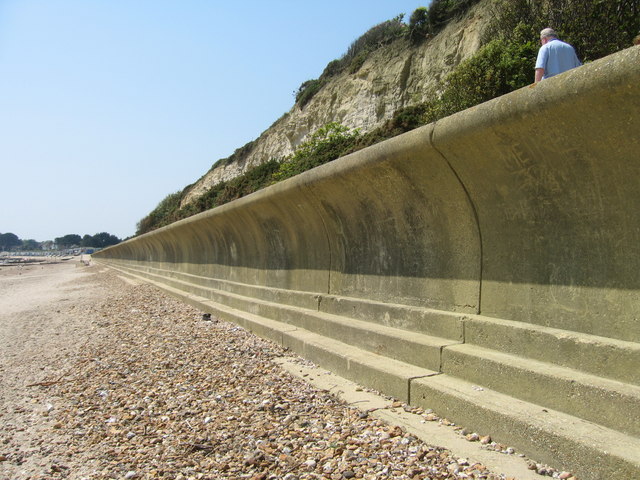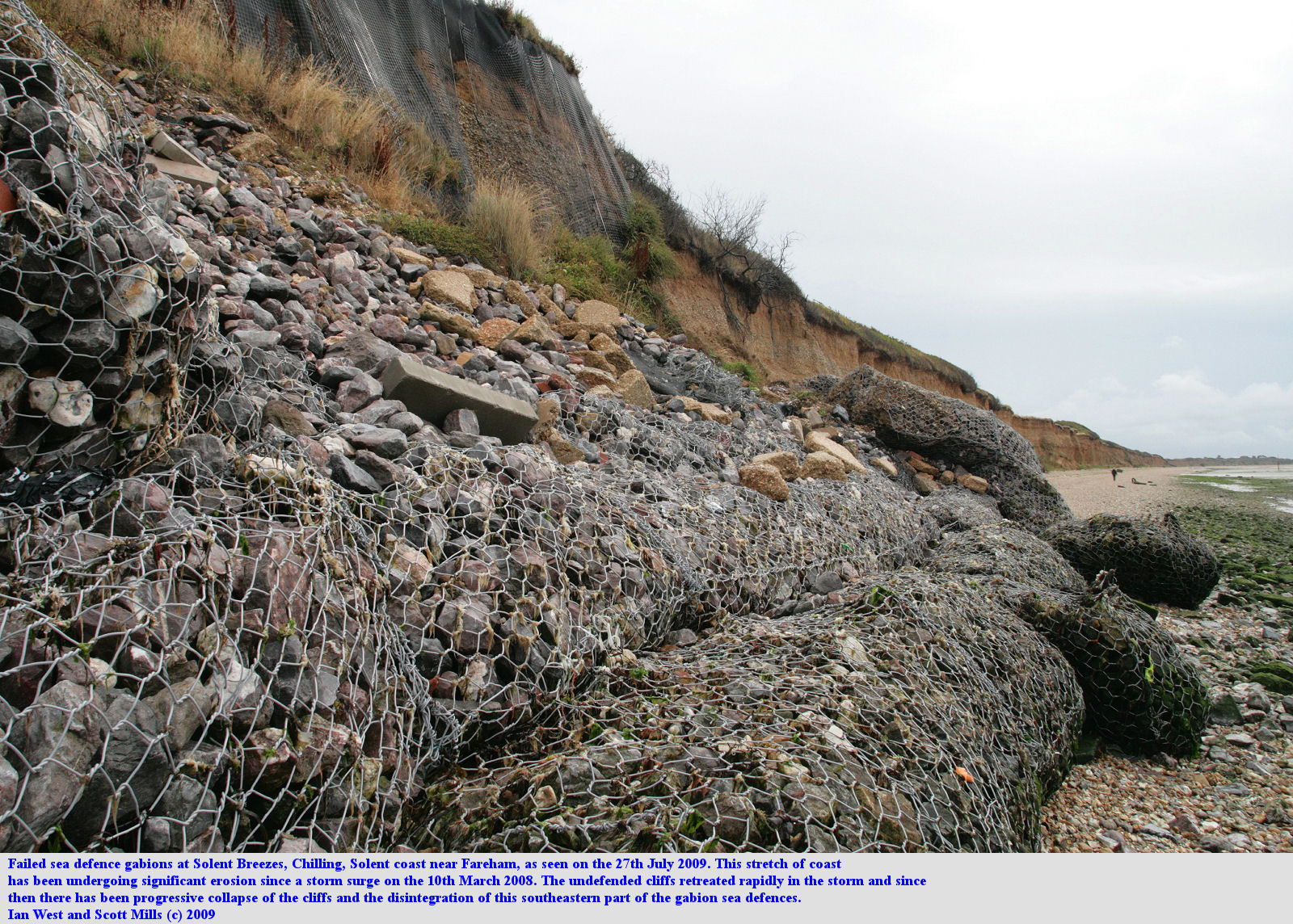Geography Chapter 10: The Sea
0.0(0)
0.0(0)
Card Sorting
1/33
Study Analytics
Name | Mastery | Learn | Test | Matching | Spaced |
|---|
No study sessions yet.
34 Terms
1
New cards
Waves
Waves are formed by wind blowing over the sea surface.
2
New cards
the fetch
The distance a wave travels before reaching land
3
New cards
The longer the fetch...
the stronger the wave
4
New cards
the swash
the water that rushes up the beach when a wave breaks
5
New cards
the backwash
the water that returns back down the beach after the swash
6
New cards
Constructive waves
Waves in which the swash is greater than the backwash.
7
New cards
Destructive waves
Waves in which the backwash is greater than the swash.
8
New cards
Hydraulic Action
The physical force of the waves breaks material off the coastline.
9
New cards
Abrasion
Loose material is thrown against the coastline by waves and this action breaks more material off the coastline.
10
New cards
Compression (Compressed Air)
When waves crash against a cliff, air gets trapped in the cracks on the cliff face and becomes compressed. When the waves retreat, the pressure is suddenly released, and this creates a mini shockwave. This compression and release happens repeatedly until the rock eventually shatters.
11
New cards
Solution
Some rocks, such as limestone and chalk, are dissolved by acids in the sea water.
12
New cards
Attrition
The stones that are carried in the waves are constantly hitting against each other. Over time, they become smooth and rounded. This can eventually lead to the formation of sand.
13
New cards
A bay
a curved opening into the coastline where waves have eroded softer rock.
14
New cards
A headland
a narrow finger of rock sticking out into the sea
15
New cards
bays and headlands formation
waves crash against coastline, soft rock erodes faster than hard rock, hydraulic action wears away and breaks off bits of the softer rock, the sea uses the stones it carries to hit off and wear down the coastline, water fills in the place where the soft rock used to be to form a bay, the harder rock remains resistant to erosion and stands out on either side of the bay to form headlands
16
New cards
example of bay
bantry bay
17
New cards
example of headland
missen head
18
New cards
A sea cliff
a vertical or steep slope on the coastline
19
New cards
a sea cave
a tunnel at the base of a cliff
20
New cards
A sea arch
an arch-shaped tunnel that stretches through a headland
21
New cards
A sea stack
a pillar of rock cut off from the cliff or headland and left standing on its own
22
New cards
A blowhole
a passage that links the surface of the cliff top with the roof of a sea cave.
23
New cards
longshore drift
when the sea transports sand and sediment in a zig-zag pattern down along the shore
24
New cards
A beach
a build-up of sand and shingle that has been deposited by constructive waves between the high-water and low-water mark
25
New cards
beach formation
the swash carries material up the shore and deposits it, the waves are unable to carry all the material back because the back wash is weaker than the swash, the heaviest material is dropped first, at the top of the beach and the finer material is carried back down, closer to the shoreline, over time, this material builds up
26
New cards
beach example
Rosslare in Co. Wexford
27
New cards
A sand spit
a long ridge of sand or shingle that stretches across a bay and is connected to one side of the bay
28
New cards
A lagoon
an area of water that has been cut off from the sea by a sandbar
29
New cards
A tombolo
a ridge of sand that connects the mainland to an island
30
New cards
3 ways that people use the sea
food supply, recreation, transport
31
New cards
what is a sea wall
a wall that breaks the power of incoming waves, their curved tops push waves back out to sea

32
New cards
what is rock armour
large boulders at the bottom of a cliff or in front of a sand dune

33
New cards
what are groynes
concrete or wooden structures built at right angles to the coastline

34
New cards
what are gabions
wire cages filled with small stones
